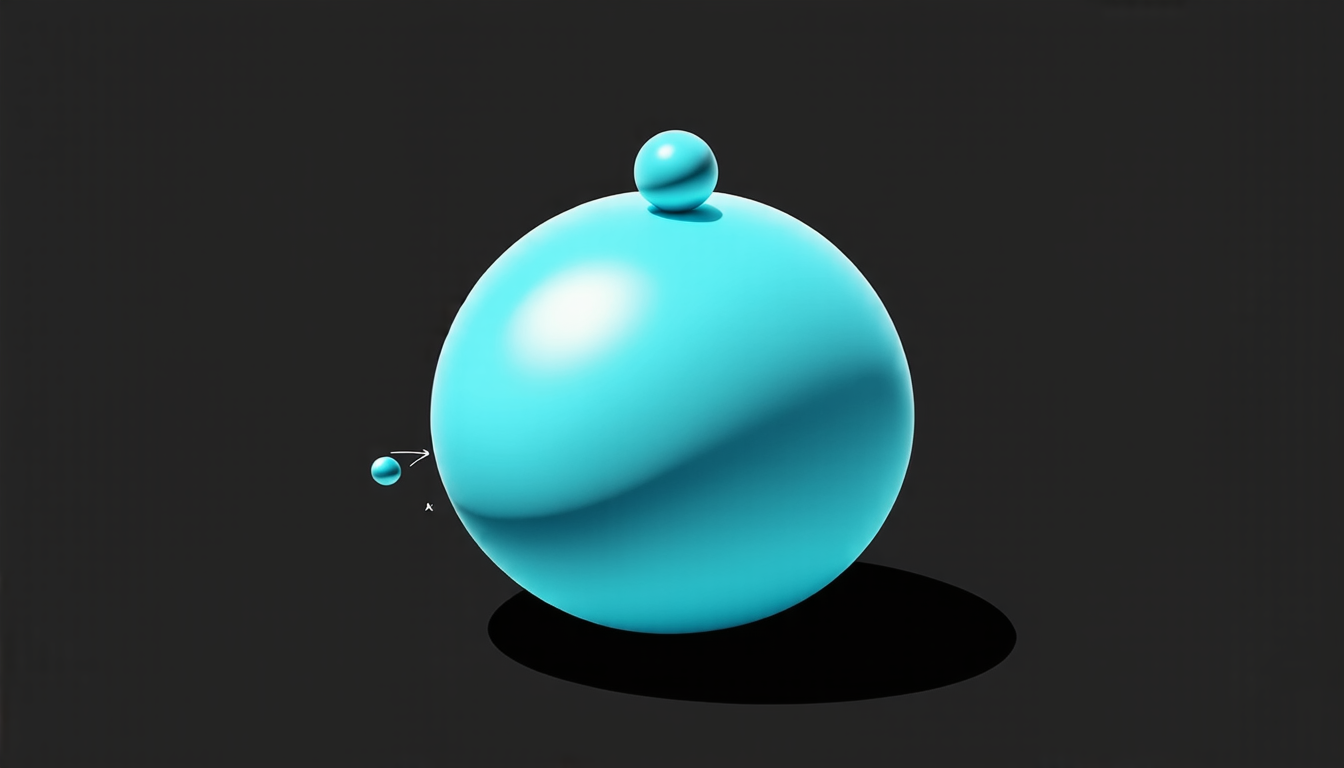Saturday 19 July 2025
Scientists have long been fascinated by the way soft materials, like those found in our skin or in everyday objects like Play-Doh, respond when pressed or indented. But what happens when we push these materials to their limits, beyond the point where they can be easily stretched or compressed? Researchers have now uncovered a fundamental principle that governs how these materials behave under extreme conditions.
The team used advanced computer simulations and experiments to study the indentation of soft materials by rigid objects, like spheres or cylinders. They found that as the material is pressed deeper into the surface, its behavior becomes increasingly non-linear, meaning it doesn’t follow traditional rules of physics. In other words, the material’s response changes dramatically when it’s pushed beyond a certain point.
To understand this phenomenon, scientists developed a new mathematical framework that takes into account the material’s elasticity and geometry. This approach allowed them to accurately predict the behavior of soft materials under extreme conditions, including how they deform and respond to pressure.
The results have significant implications for fields such as robotics, biomedical engineering, and materials science. For instance, understanding how soft materials respond to indentation can help designers create more realistic simulations of human skin or tissue in medical devices and robots.
One surprising finding was that the material’s behavior becomes increasingly non-linear as it is indented deeper into the surface. This means that small changes in pressure can have a significant impact on the material’s response, making it difficult to predict its behavior using traditional methods.
The researchers also discovered that the material’s stiffness, or ability to resist deformation, actually decreases as it is indented deeper. This might seem counterintuitive, but it’s because the material’s internal structure changes under extreme conditions, allowing it to deform more easily.
These findings have important implications for our understanding of soft materials and their behavior under stress. By developing new mathematical tools and experimental techniques, scientists can better predict how these materials will respond in different situations, ultimately leading to breakthroughs in fields such as medical devices, robotics, and biomaterials.
The study’s authors hope that their research will inspire further exploration into the properties of soft materials and their potential applications. As our understanding of these materials grows, we may unlock new ways to create more realistic simulations, develop more effective medical treatments, or even design entirely new types of robots and machines.
Cite this article: “Unlocking the Secrets of Soft Materials Under Extreme Conditions”, The Science Archive, 2025.
Soft Materials, Indentation, Non-Linear Behavior, Elasticity, Geometry, Mathematical Framework, Robotics, Biomedical Engineering, Materials Science, Deformation, Stiffness







